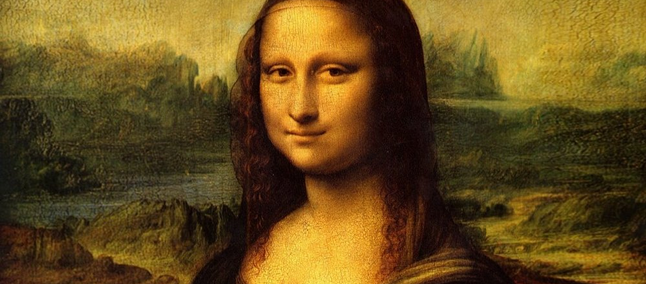 The famous work Mona Lisa is about to gain a new interpretation thanks to virtual reality. This is part of a new Louvre initiative in partnership with HTC, a brand that has struggled hard to stay relevant in the market.
The famous work Mona Lisa is about to gain a new interpretation thanks to virtual reality. This is part of a new Louvre initiative in partnership with HTC, a brand that has struggled hard to stay relevant in the market.
In the next major exhibition by Leonardo Da Vinci, it will be possible to check the picture from various viewing angles, which extend beyond the unbreakable glass casing.
The idea behind this experience is to educate people about painting and its history; The VR experience should also help people who cannot physically be present at the Louvre, leading to the same experience directly from their homes.
At the Louvre HTC has created a special viewing room with 11 Vive Cosmos glasses so people can enjoy the experience of virtual reality.
According to Dominique de Font-Réaulx, director of interpretation programming and culture of the Louvre:
This is our first attempt to use RV to educate and entertain museum visitors. The Mona Lisa will be sitting face to face with the audience, similar to what we are when we are having a conversation.
The experience will also include many of Da Vinci’s original designs, including the sketch of the winged glider he drew.
Two assigned task healers spent countless hours researching important narrative materials; they are also responsible for highlighting the visual details around the Mona Lisa – ranging from the gentle waves in her velvet dress to the 16th century Florence clay tiles.
The digital experiment also aims to broaden the Louvre audience to younger audiences; The French government is doing its best to promote the country’s artistic heritage with virtual reality and other alternatives.
In September, Franck Riester, the French Minister of Culture, presented a plan to set up digital museums nationwide over the next three years; In addition to museums, venues also include libraries, movie theatres, beauty salons and even social centres
Recommended: Mouse on iPad could revolutionize mobile games, analyst suggests.
For the Mona Lisa 3D model, VR artists used infrared, X-ray and refraction data collected from the Louvre to deduce what it might look like in real life, including details not only of physical characteristics but also of clothing.